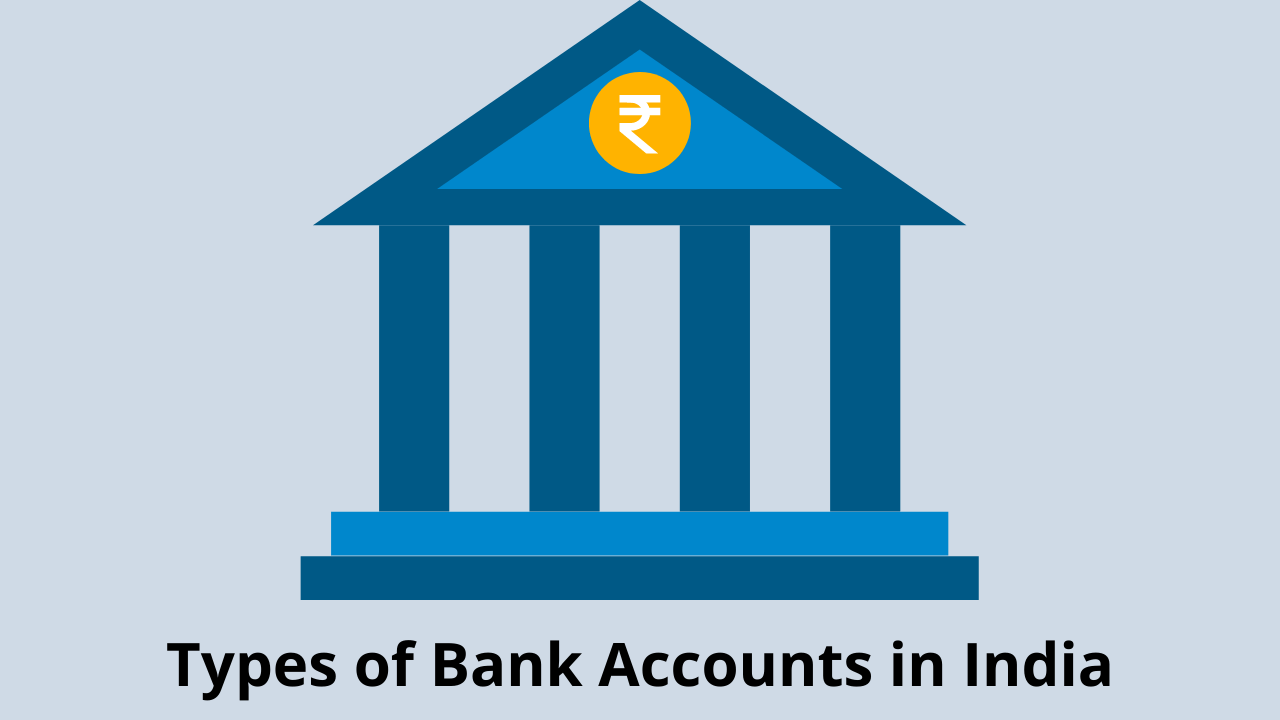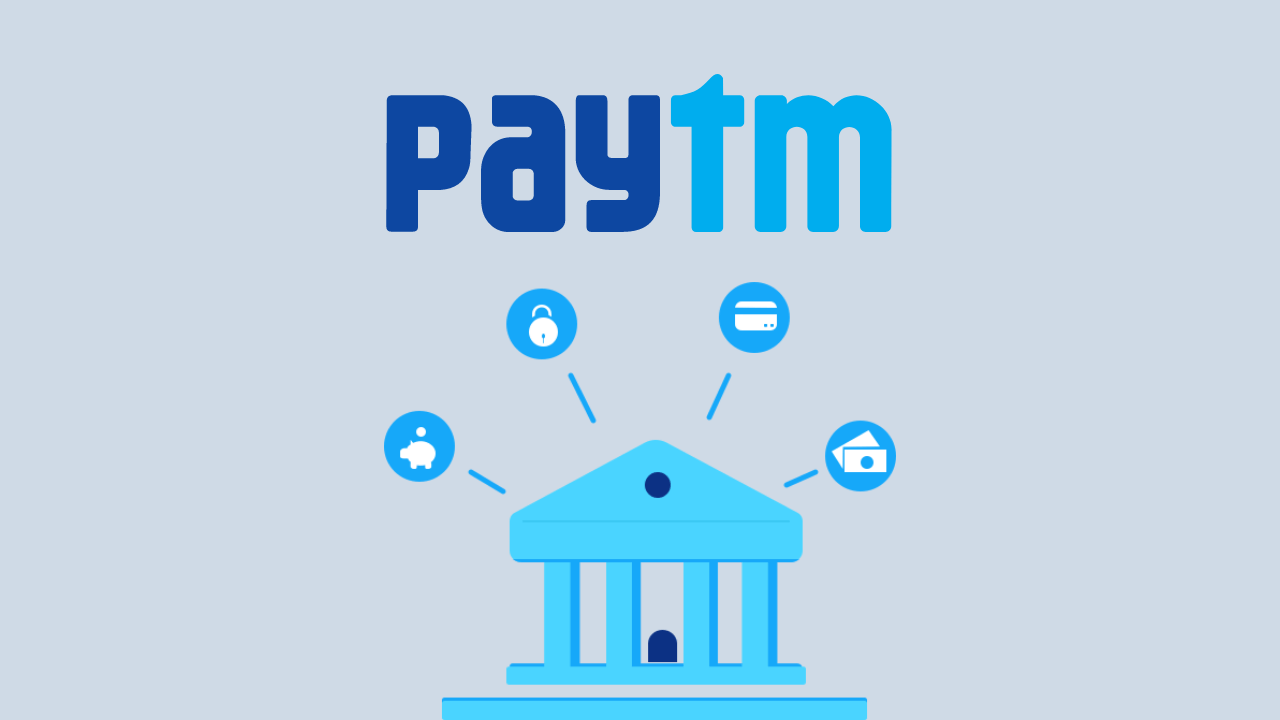For many investors, the world of finance can be complex and overwhelming. Mutual funds, however, stand out as a popular and accessible investment option. In this guide, we will unravel the mystery of mutual funds, explaining what they are, how they work, and essential considerations for investors. Whether you’re a seasoned investor or just starting, understanding mutual funds can empower you to make informed decisions in your financial journey.
What is a Mutual Fund?
A mutual fund is an investment vehicle that pools money from various investors and channels it into a diversified portfolio of stocks, bonds, or other securities. These funds are managed by professional fund managers, and the returns, after deducting expenses, are distributed among the investors based on their holdings.
How Do Mutual Funds Work?
1. Pool of Investments:
- Investors contribute their money to a mutual fund, creating a pool of investments. Each investor owns units, which represent their share in the fund.
2. Professional Management:
- A skilled fund manager oversees the mutual fund’s investment strategy, making decisions on buying and selling securities within the fund.
3. Diversification:
- Mutual funds offer diversification by investing in a variety of assets. This spreads the risk, as the performance of individual securities has less impact on the overall fund.
4. Types of Mutual Funds:
- Mutual funds come in various types, catering to different investment goals. These include equity funds, debt funds, hybrid funds, and more.
5. Net Asset Value (NAV):
- The NAV is the value per unit of the mutual fund. It’s calculated by dividing the total value of the fund’s assets by the number of units outstanding. Investors buy or sell units based on the NAV.
6. Entry and Exit:
- Investors can enter a mutual fund by purchasing units and exit by selling them. The fund manager executes these transactions based on the prevailing NAV.
7. Returns and Dividends:
- Mutual funds generate returns through capital appreciation and income from the securities in the portfolio. Some funds also distribute dividends to investors.
Things Investors Should Know:
1. Risk Tolerance:
- Assess your risk tolerance before investing. Different mutual funds carry varying levels of risk, and it’s crucial to align your investments with your comfort level.
2. Investment Goals:
- Define your investment goals – whether it’s wealth accumulation, regular income, or a mix of both. This will guide you in selecting the right type of mutual fund.
3. Expense Ratios:
- Mutual funds come with expenses, primarily reflected in the expense ratio. This ratio represents the percentage of a fund’s assets deducted annually to cover management fees and other costs.
4. Diversification Benefits:
- One of the primary advantages of mutual funds is diversification. By investing in a variety of assets, the risk associated with individual securities is mitigated.
5. Historical Performance:
- Review the historical performance of a mutual fund, considering both short-term and long-term returns. Past performance is not indicative of future results, but it provides insights into the fund’s track record.
6. Load vs. No-Load Funds:
- Some funds charge a sales commission called a load, while others do not (no-load funds). Be aware of these charges and choose funds that align with your preferences.
Advantages of Mutual Funds:
1. Professional Management:
- Investors benefit from the expertise of professional fund managers who make informed decisions on behalf of the fund.
2. Diversification:
- Mutual funds offer a diversified portfolio, spreading risk and potentially providing more stable returns than investing in individual securities.
3. Liquidity:
- Mutual funds provide liquidity, allowing investors to buy or sell units at the prevailing NAV on any business day.
4. Accessibility:
- Mutual funds are accessible to investors with varying capital. This makes them an attractive option for both beginners and experienced investors.
5. Flexibility:
- With a range of fund types available, investors can choose funds that align with their risk tolerance, time horizon, and investment goals.
Disadvantages and Risks:
1. Market Risks:
- Mutual funds are exposed to market risks, and the value of the fund can fluctuate based on market conditions.
2. Fees and Expenses:
- Expense ratios and other fees can impact returns. Investors should be aware of these costs and factor them into their investment decisions.
3. Overreliance on Fund Manager:
- The success of a mutual fund is often dependent on the skill of the fund manager. Changes in management can impact fund performance.
4. Market Timing:
- Mutual funds are subject to market timing risks, where investors may enter or exit the fund at unfavorable times, impacting returns.
5. No Control Over Holdings:
- Investors do not have direct control over the individual holdings within a mutual fund. The fund manager makes these decisions.
Investment Strategies with Mutual Funds:
1. Systematic Investment Plan (SIP):
- SIP is a popular strategy where investors contribute a fixed amount regularly, usually monthly, to buy mutual fund units. This approach helps in rupee cost averaging and minimizes the impact of market volatility.
2. Systematic Withdrawal Plan (SWP):
- SWP allows investors to withdraw a fixed amount regularly from their mutual fund investment. This strategy can provide a regular income stream, making it suitable for those seeking periodic payouts.
3. Lump Sum Investment:
- Investors can also opt for a lump sum investment, where they invest a significant amount at once. This approach is suitable for those with a lump sum amount ready for investment.
4. Asset Allocation Funds:
- Asset allocation funds automatically rebalance their portfolios based on the market conditions. These funds allocate assets among equities, bonds, and other securities, adjusting the mix to maintain a specific risk-return profile.
5. Tax-Saving Mutual Funds (ELSS):
- Equity-Linked Saving Schemes (ELSS) provide tax benefits under Section 80C of the Income Tax Act. Investors looking for tax savings along with potential capital appreciation often choose ELSS funds.
6. Sector-Specific Funds:
- For those interested in a specific industry or sector, sector-specific mutual funds focus on investments within that particular segment. These funds offer targeted exposure but come with higher risk.
7. Balanced Funds:
- Balanced funds, also known as hybrid funds, maintain a balanced portfolio of both equities and debt instruments. This strategy aims to provide growth along with capital preservation.
8. Index Funds:
- Index funds mirror a specific market index, such as the Nifty 50 or Sensex. These funds aim to replicate the performance of the chosen index, offering a passive investment strategy.
Tax Considerations in Mutual Fund Investments:
1. Tax on Capital Gains:
- Capital gains from mutual funds are categorized as short-term or long-term based on the holding period. Short-term gains are taxed at the investor’s applicable income tax rate, while long-term gains may attract a lower tax rate with indexation benefits.
2. Dividend Distribution Tax (DDT):
- Dividends received from mutual funds are subject to DDT, which is paid by the mutual fund itself. However, this tax is deducted before distributing dividends to investors.
3. Tax Planning:
- Investors can strategically plan their mutual fund investments to minimize tax implications. Utilizing tax-saving funds, considering the holding period, and understanding the tax treatment of dividends are crucial aspects of tax planning.
Regular Monitoring and Rebalancing:
1. Market Conditions:
- Stay informed about market conditions, economic trends, and global events that might impact your mutual fund investments. Regularly review your portfolio in light of changing circumstances.
2. Reassessing Financial Goals:
- As your financial goals evolve, reassess the alignment of your mutual fund investments with these objectives. Adjust your strategy if there are significant changes in your financial landscape.
3. Performance Evaluation:
- Periodically evaluate the performance of your mutual funds. Compare their returns to benchmarks and assess whether they continue to meet your expectations.
4. Expense Ratios and Fees:
- Keep an eye on expense ratios and fees associated with your mutual funds. High expenses can erode your returns over time, so ensure they are justified by the fund’s performance.
Final Thoughts:
Mutual funds offer a versatile and dynamic landscape for investors to explore and optimize their investment portfolios. As you navigate the world of mutual funds, consider your risk tolerance, investment goals, and preferred strategies. Regularly review your portfolio, stay informed about market dynamics, and adapt your approach based on changing circumstances.
Remember, mutual fund investments are subject to market risks, and past performance does not guarantee future results. Seeking advice from financial professionals, understanding the tax implications, and staying disciplined in your investment approach can contribute to a successful and rewarding experience with mutual funds. With the right knowledge and strategy, mutual funds can play a vital role in helping you achieve your financial aspirations.









